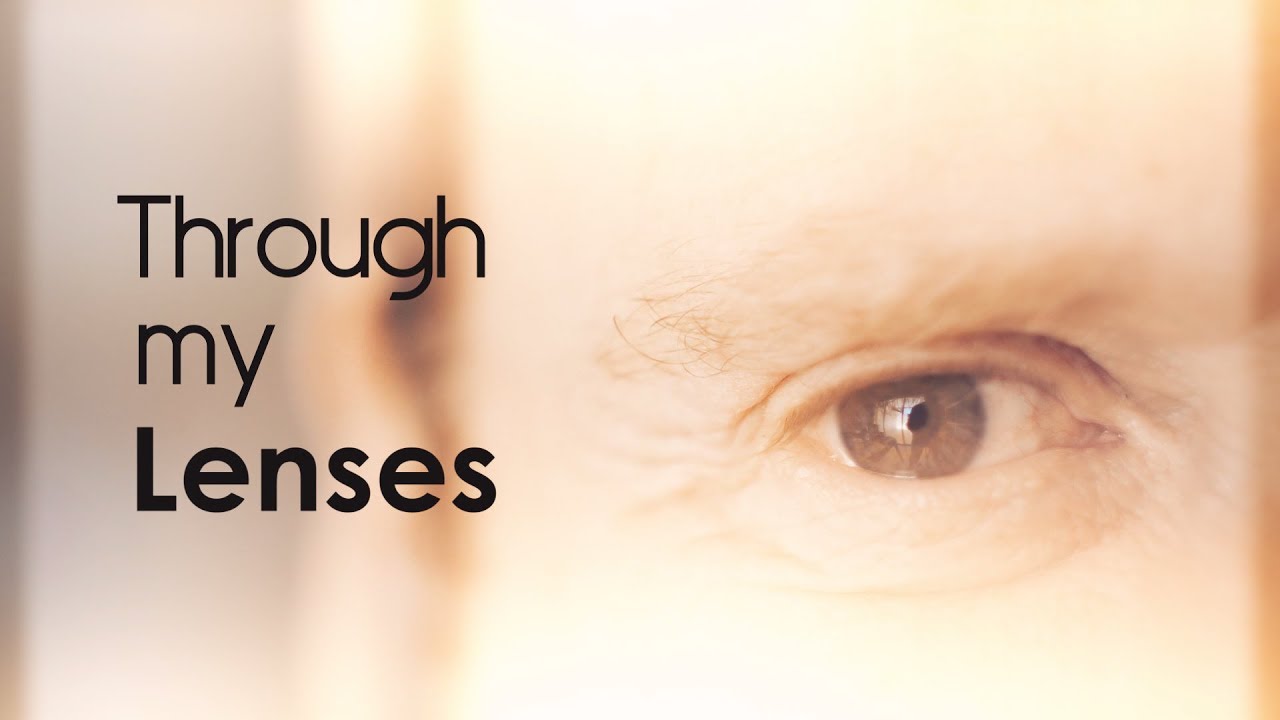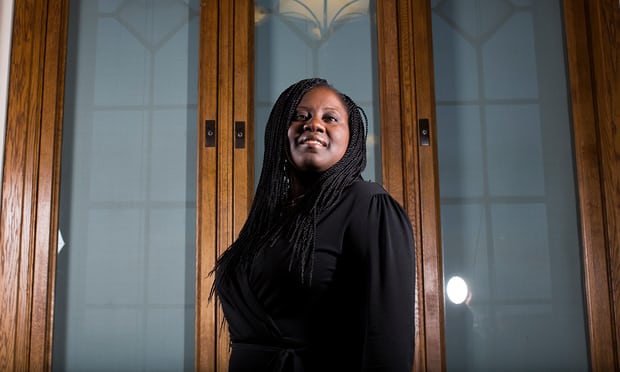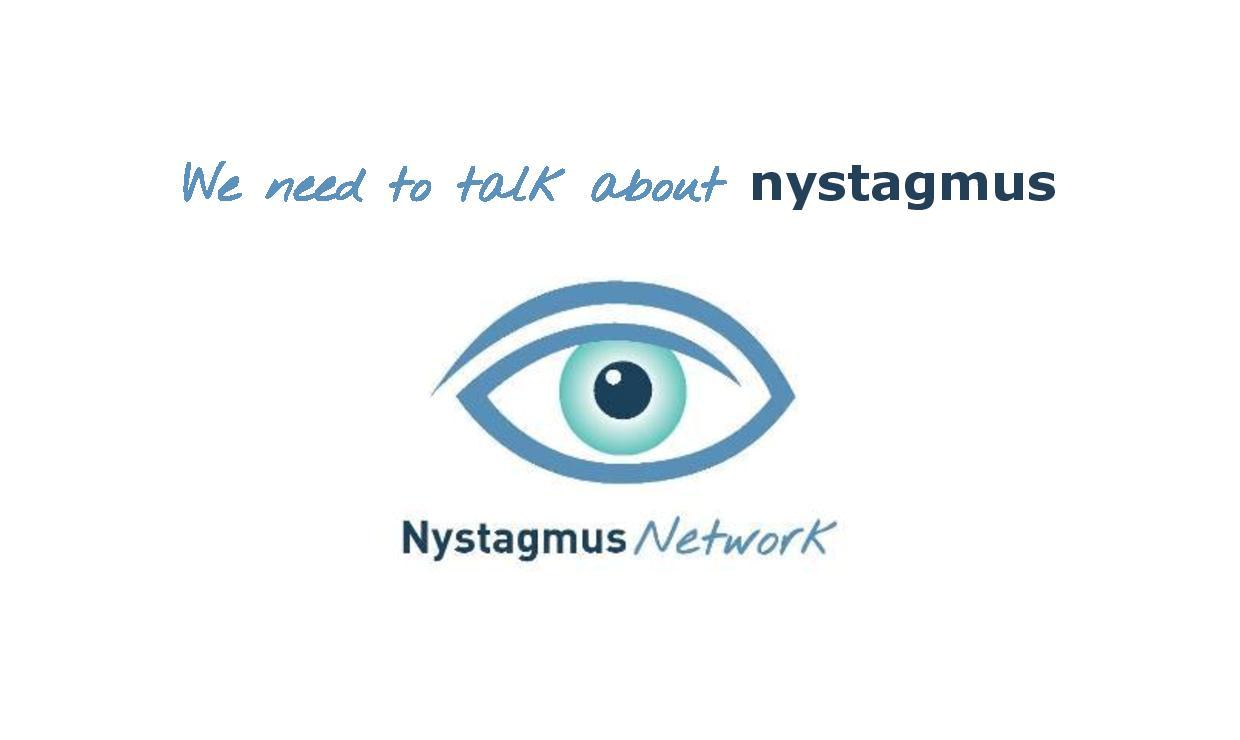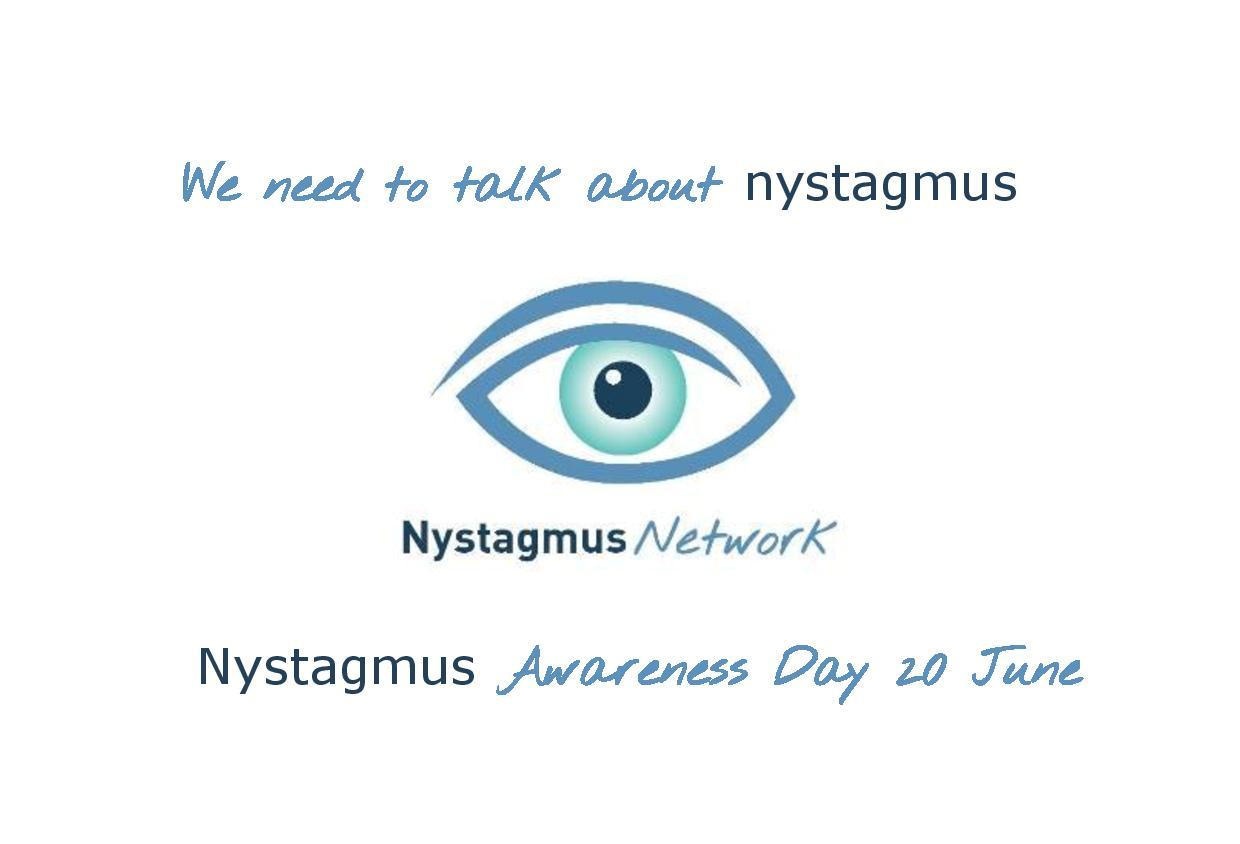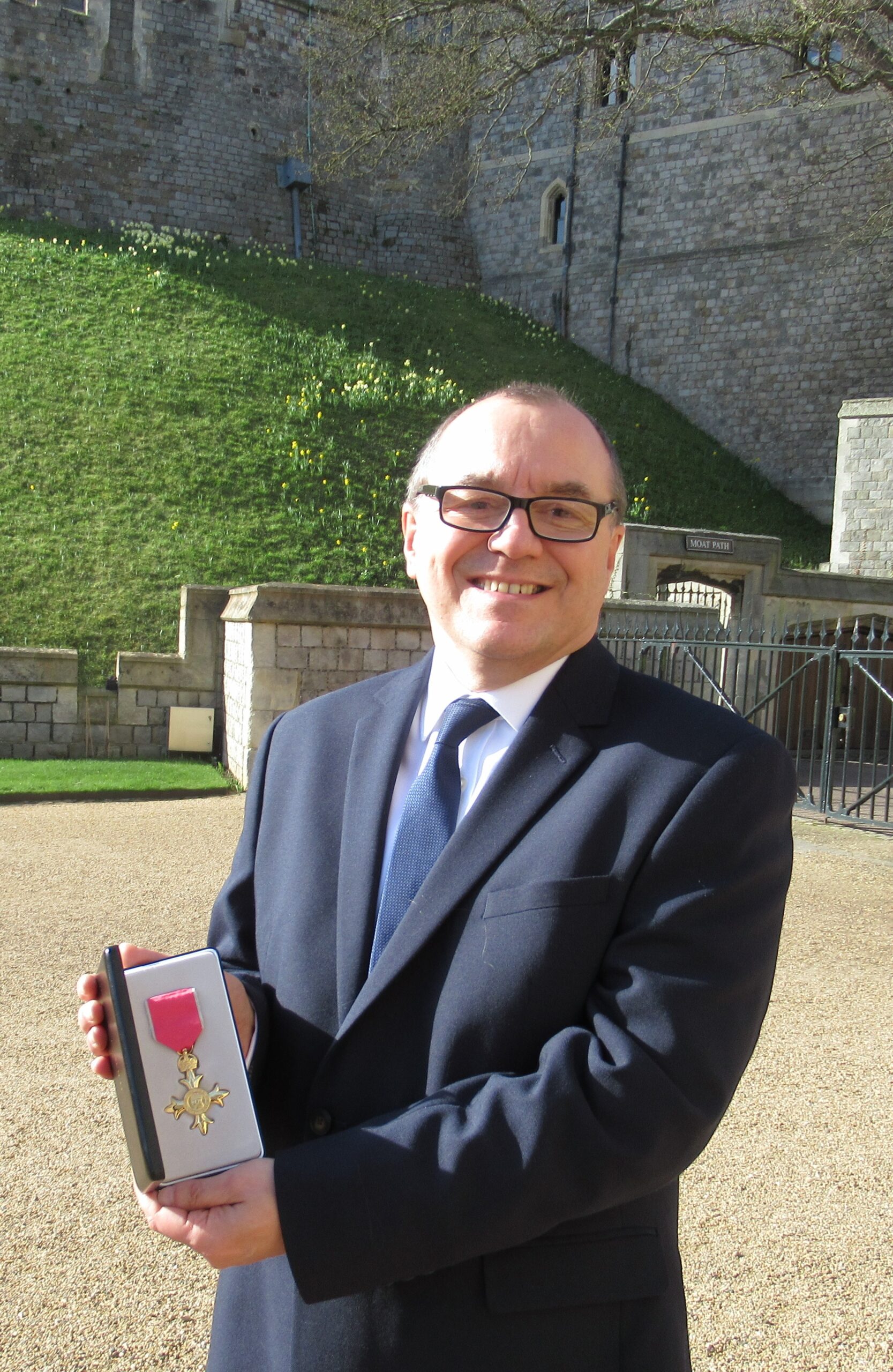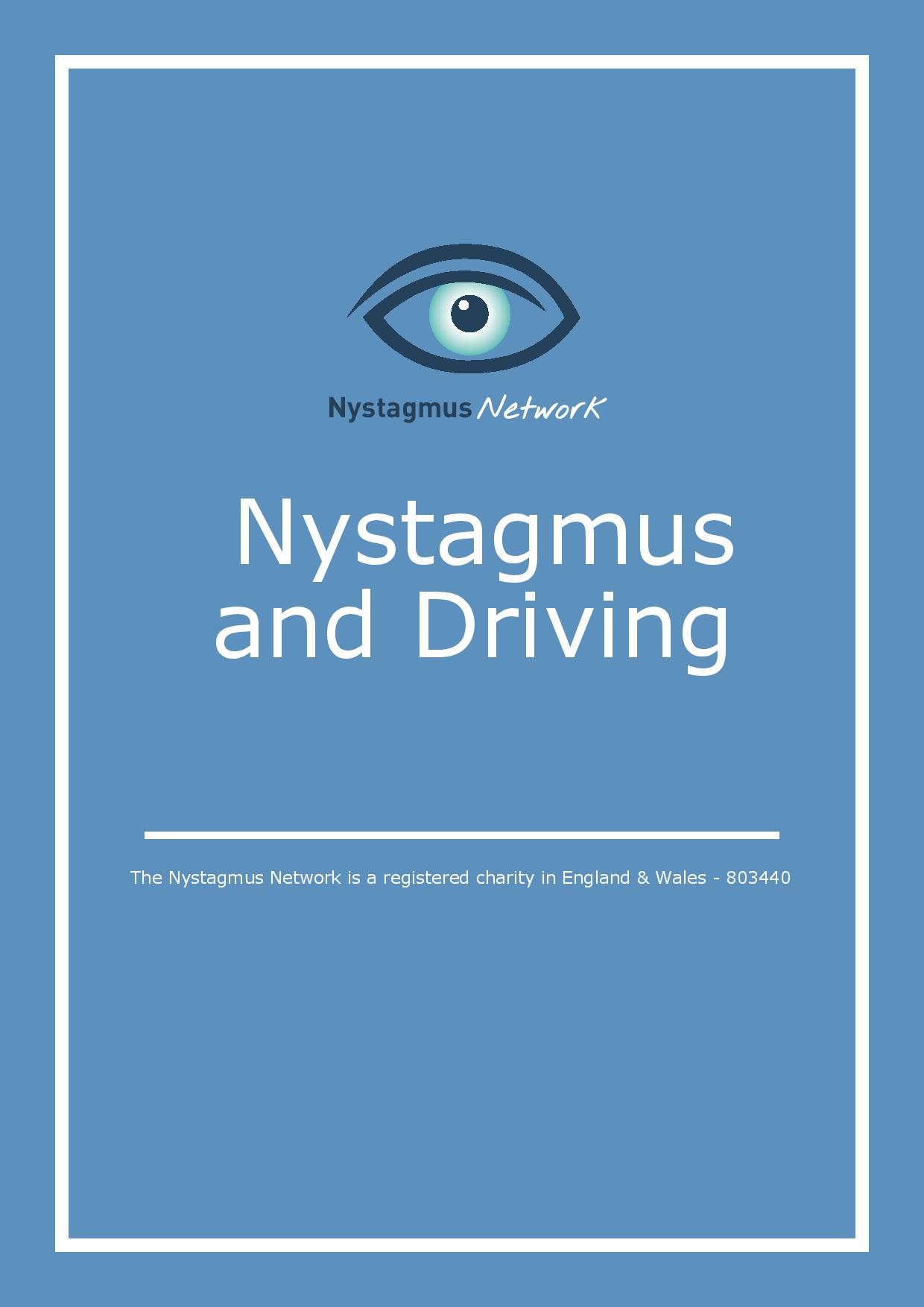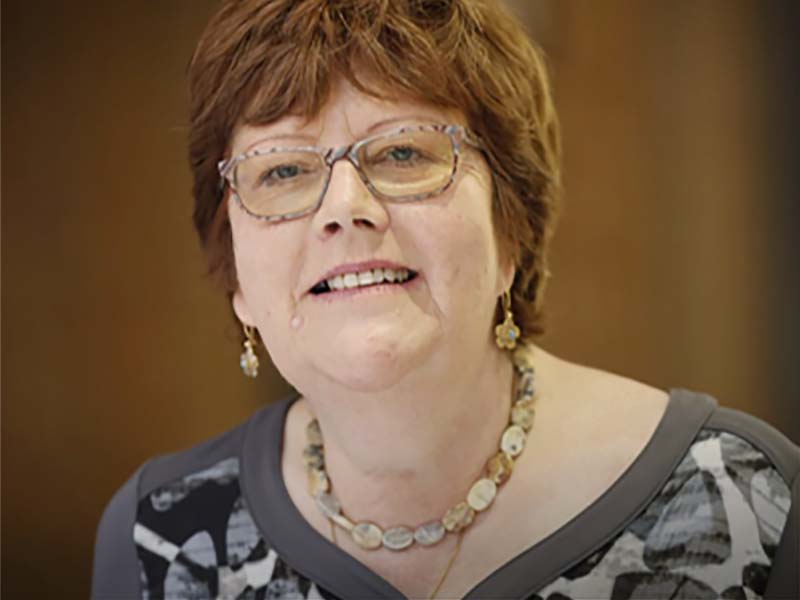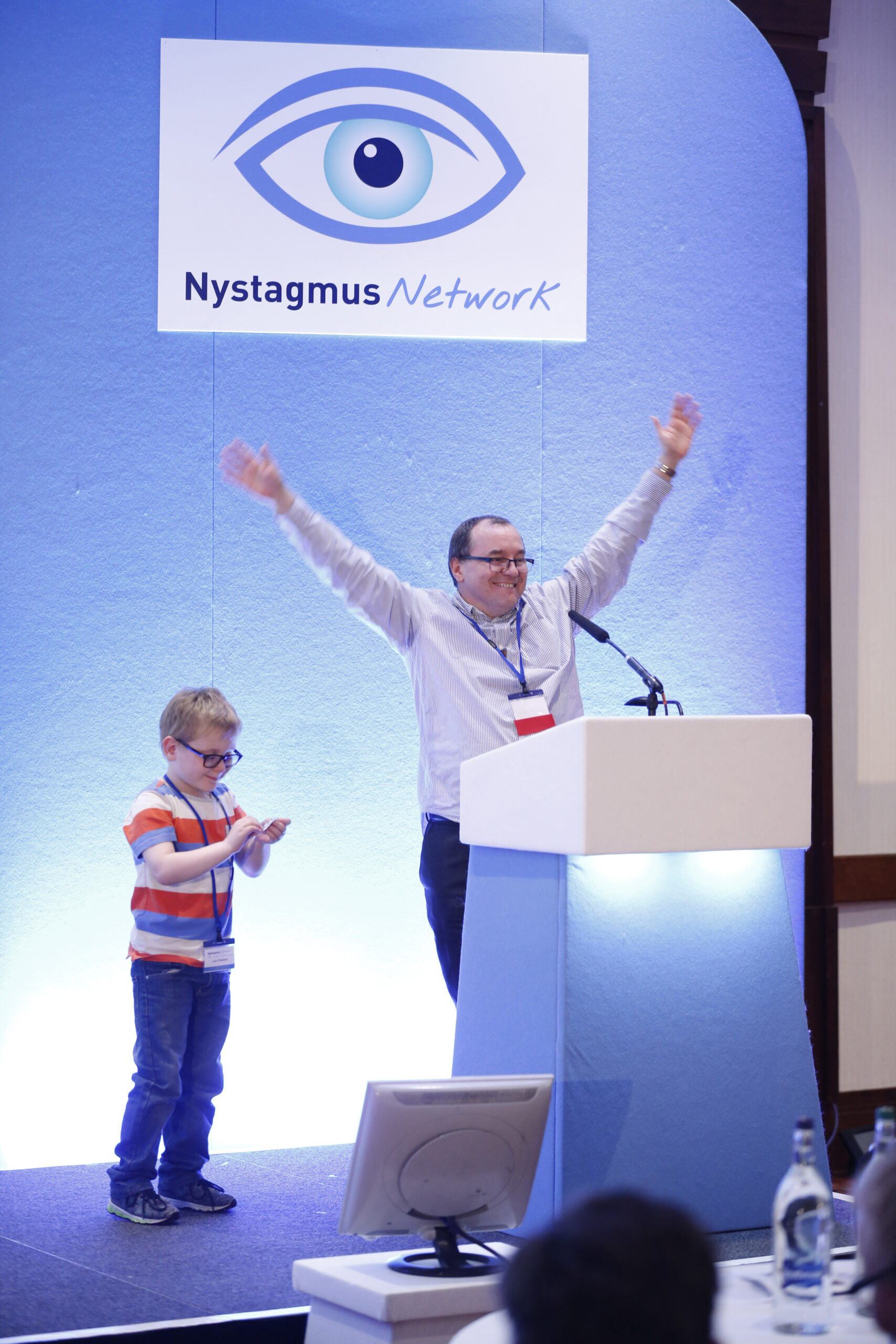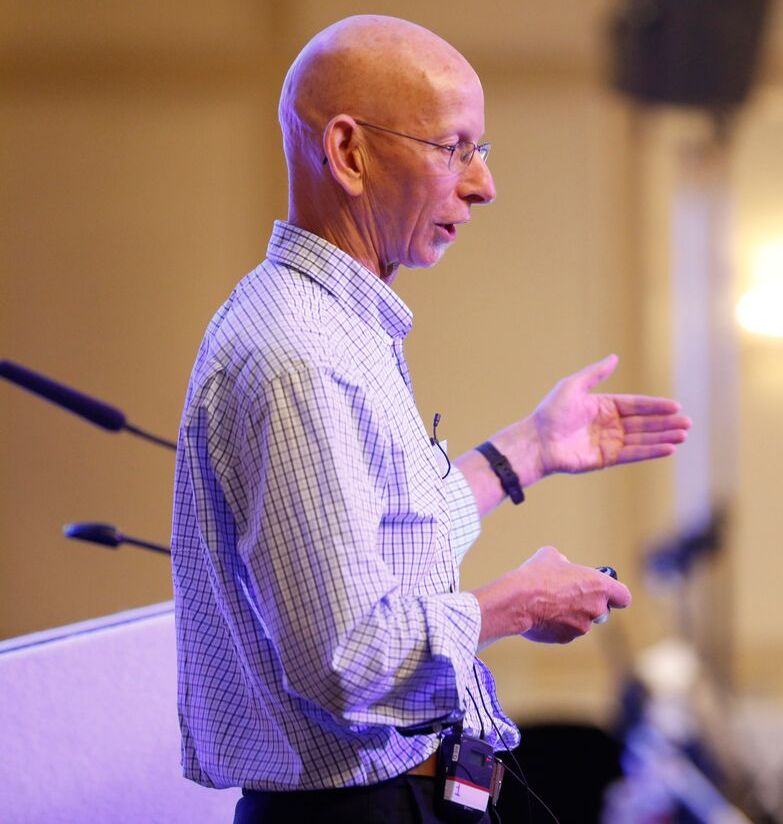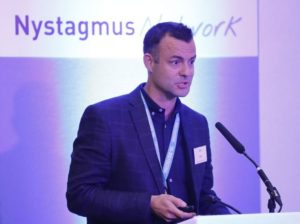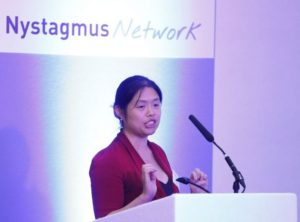Nystagmus Network and Fight for Sight have partnered to fund research aimed at the early detection of nystagmus and improve the quality of life of those with nystagmus
Fight for Sight, the UK’s leading eye research charity, and Nystagmus Network, the foremost charity in the UK providing support and information about nystagmus, are working in partnership to fund research into a complex condition characterised by repeated involuntary movement of the eyes. Through the partnership, two research projects into nystagmus have been awarded.
Dr Lee Mcilreavy from Cardiff University will use the funding from Fight for Sight and the Nystagmus Network to determine whether a novel eye tracking approach can correctly identify the patterns of eye movement made by those with infantile nystagmus. This study could lead to a simple and child-friendly eye tracking test that does not rely on expensive technology. This has the potential to detect the condition earlier and allow children and families to receive an earlier diagnosis.
Dr Helen Griffiths, at the University of Sheffield, has been awarded funding to develop an image stabilisation technology in virtual reality (VR) to treat a troubling symptom called oscillopsia, where the individual perceives the world in a continuous and erratic motion due to involuntary movements of the eyes. She will work towards stabilising images on the retina in individuals with acquired nystagmus. A VR headset with integrated head tracking will be configured to track the direction of gaze. This data will be used to adjust the VR display in real time so that a stable view is projected onto the retina of the user, independent of eye orientation. For as long as the user wears the headset, the observed image will be stable. This alternative solution will offer relief to those who have this form of nystagmus.
Michele Acton, CEO of Fight for Sight, said: “We are pleased to be working in partnership with Nystagmus Network to fund research into this complex eye condition. Both research projects have the potential to positively impact the lives of those living with nystagmus. Only by funding research will we begin to tackle nystagmus.
”Vivien Jones, President of the Nystagmus Network and Chair of the Nystagmus Network Research Sub-committee, said: “It is a pleasure to join with Fight for Sight in making this award to Cardiff University for their plan to develop a means of diagnosing infantile nystagmus in the community setting. We hope that this award will mean the plan can be brought to fruition with all the benefits this will bring to families in terms of more accessible diagnosis.
We are also delighted to join Fight for Sight to fund a project developed by the University of Sheffield to deal with one of the most distressing symptoms that can go with acquired nystagmus – oscillopsia, where the individual perceives the world in constant motion. Sheffield propose that a way of offering relief from this is through stabilisation of the image on the retina by developing image stabilisation technology in virtual reality (VR). This would be a major breakthrough for those who acquire nystagmus in later life, and who suffer from oscillopsia.”

